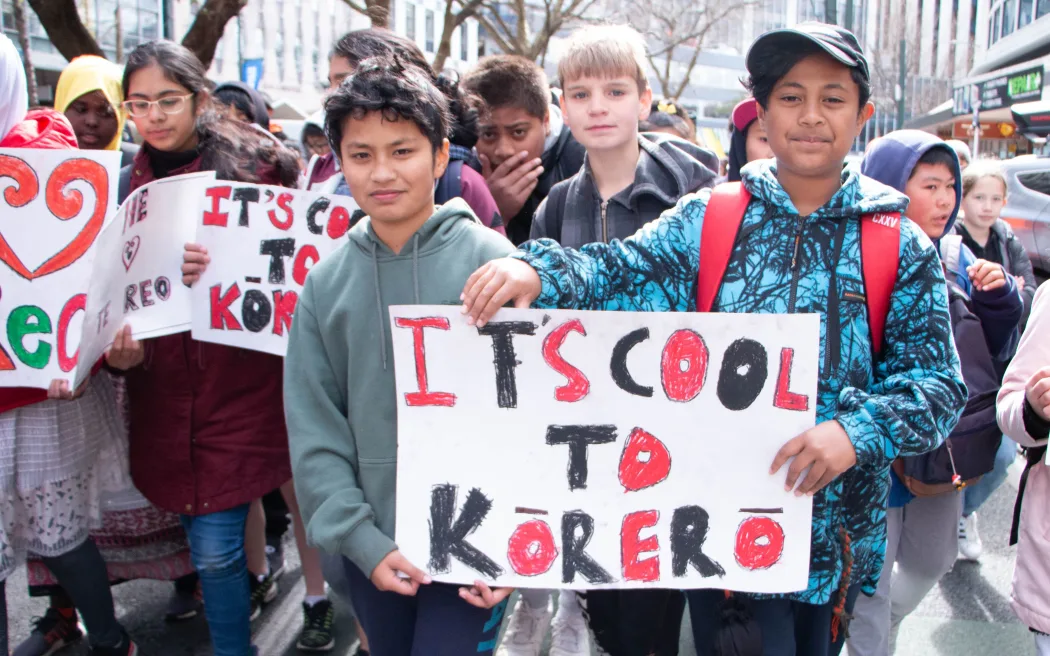India is a nation of remarkable linguistic diversity, with over 1,600 languages spoken across its vast expanse. However, many of these languages are at risk of extinction due to various socio-economic, cultural, and political factors. The revival of endangered Indian languages is a critical effort to preserve the country’s rich linguistic heritage. This article explores the cultural significance of these languages, the challenges faced, and the initiatives and success stories in their revival.
1. Cultural Significance of Endangered Indian Languages
**1. **Linguistic Diversity and Heritage
Overview: India’s linguistic diversity is a testament to its rich cultural and historical legacy. Each language carries unique traditions, knowledge systems, and cultural practices.
Key Points:
- Cultural Identity: Language as a core component of cultural identity and community bonding.
- Oral Traditions: Preservation of folklore, oral histories, and traditional knowledge through language.
Examples:
- Bhili Language: A Dravidian language spoken by the Bhil tribes, rich in folk songs and oral narratives.
- Toda Language: Spoken by the Toda people of the Nilgiri Hills, reflecting their unique pastoral culture.
**2. **Intangible Cultural Heritage

Overview: Endangered languages contribute to the intangible cultural heritage, encompassing practices, representations, expressions, knowledge, and skills.
Key Points:
- Traditional Practices: Languages encode traditional agricultural, medicinal, and ecological knowledge.
- Cultural Expressions: Songs, dances, rituals, and ceremonies are often language-specific.
Examples:
- Santali Language: Known for its rich tradition of songs and dances among the Santali people.
- Meitei Language: Integral to the classical dance form of Manipuri.
2. Challenges in the Revival of Endangered Languages
**1. **Factors Leading to Language Endangerment
Overview: Various factors contribute to the endangerment of languages, including globalization, urbanization, and socio-political marginalization.
Key Points:
- Globalization: Dominance of major languages in media, education, and business.
- Urbanization: Migration to urban areas leading to the loss of traditional languages.
- Marginalization: Socio-political factors marginalizing certain linguistic communities.
Examples:
- Koro Language: Facing decline due to the dominance of Hindi and English.
- Great Andamanese Languages: Decline due to the impact of colonialism and modernization.
**2. **Challenges in Revitalization Efforts
Overview: Reviving endangered languages involves various challenges, including resource constraints, lack of documentation, and limited community involvement.
Key Points:
- Resource Allocation: Insufficient funding and resources for language preservation programs.
- Documentation: Lack of comprehensive documentation and linguistic research.
- Community Engagement: Need for active involvement of native speakers and communities.
Examples:
- Sanskrit: Efforts hampered by limited speakers and modern relevance.
- Kodava Language: Struggles with documentation and community participation.
3. Initiatives and Success Stories in Language Revival
**1. **Government and Institutional Efforts
Overview: Government and academic institutions play a crucial role in the revival of endangered languages through policy initiatives, research, and educational programs.
Key Points:
- Language Policies: Formulation of policies supporting multilingual education and language preservation.
- Academic Research: Linguistic research and documentation projects by universities and institutions.
- Educational Programs: Inclusion of endangered languages in school curriculums and adult education programs.
Examples:
- Eighth Schedule: Inclusion of more languages in the Eighth Schedule of the Indian Constitution for official recognition.
- CIIL Projects: The Central Institute of Indian Languages conducting documentation and revitalization projects.
**2. **Community-Led Initiatives
Overview: Grassroots movements and community-led initiatives are vital for the sustainable revival of endangered languages.
Key Points:
- Language Nest Programs: Community-based early childhood education programs using native languages.
- Cultural Revivals: Festivals, workshops, and cultural programs promoting language use and pride.
- Digital Platforms: Use of digital tools and social media for language learning and promotion.
Examples:
- Tulu Language Revival: Community efforts in Karnataka, including Tulu language schools and cultural events.
- Gondi Language Projects: Digital initiatives like the “Learn Gondi” app promoting language learning among the Gond tribe.
**3. **Success Stories of Language Revival
Overview: Several endangered languages have seen significant revival efforts, resulting in increased use and recognition.
Key Points:
- Documented Successes: Case studies of languages successfully revitalized through concerted efforts.
- Model Initiatives: Programs that can serve as models for other endangered language communities.
Examples:
- Maithili Language: Recognized in the Eighth Schedule, with thriving literary and cultural activities.
- Dogri Language: Revival efforts leading to its recognition and inclusion in education and media.
4. Future Directions and Strategies
**1. **Innovative Approaches
Overview: Embracing innovative approaches and technology can enhance the effectiveness of language revival efforts.
Key Points:
- Technology Integration: Use of mobile apps, online courses, and social media for language teaching and promotion.
- Collaborative Efforts: Partnerships between governments, NGOs, academic institutions, and communities.
Examples:
- Mobile Apps: Apps like “Endangered Alphabets” and “Duolingo” for indigenous languages.
- Collaborative Projects: Initiatives like the “Living Tongues Institute for Endangered Languages” supporting grassroots efforts.
**2. **Sustainable Practices
Overview: Ensuring the long-term sustainability of language revival efforts through continuous community engagement and resource support.
Key Points:
- Community Ownership: Empowering communities to take ownership of language revival projects.
- Continuous Support: Long-term funding, policy support, and capacity-building initiatives.
Examples:
- Language Immersion Programs: Continuous immersion programs in schools and communities.
- Cultural Documentation: Ongoing documentation of cultural practices and oral traditions.
Conclusion
The revival of endangered Indian languages is a vital endeavor to preserve the nation’s linguistic and cultural heritage. While challenges abound, the concerted efforts of government bodies, academic institutions, and community initiatives have led to notable successes. Embracing innovative approaches and ensuring sustainable practices can further enhance these efforts, ensuring that India’s rich tapestry of languages continues to thrive for generations to come.

